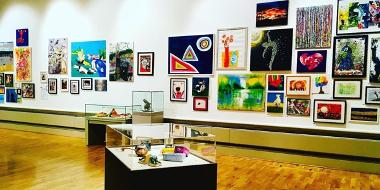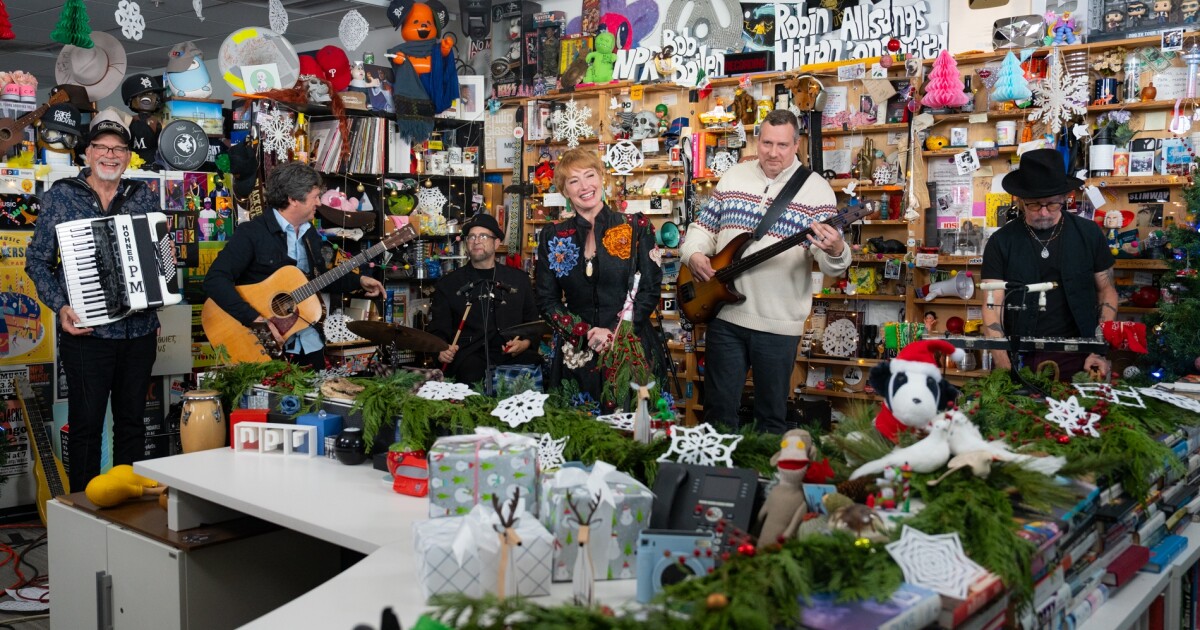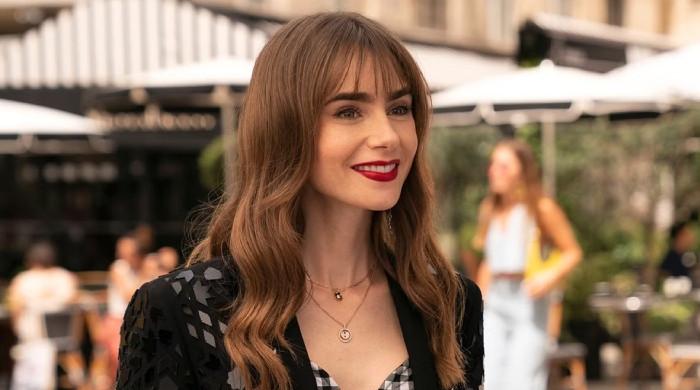Following a competitive tender process, BBC Studios has won the contract to produce Casualty, the award-winning continuing drama. The BBC Studios’ bid scored highest against the published criteria.
The process has created an opportunity to…

Following a competitive tender process, BBC Studios has won the contract to produce Casualty, the award-winning continuing drama. The BBC Studios’ bid scored highest against the published criteria.
The process has created an opportunity to…

At Trinity, curiosity drives musical growth. Head of Rock, Pop and Jazz, Joe Pettitt,

The grant of £1,293,625 came from the Museums Estate and Development Fund, provided by the Department for Digital, Culture, Media and Sport (DCMS) and administered by Arts Council England – with additional financial support from Colchester City…

Published: 10:45 am, 17 December 2025

Veteran ITV presenter Lorraine Kelly has taken a swipe at Meghan Markle, as the Duchess of Sussex insisted she had made attempts to contact her ailing father Thomas Markle after he was admitted to the hospital where he had an emergency…


Running for more than 70 years, The Harris Open has long served…

The Tiny Desk hasn’t seen string lights, paper snowflakes and garlands in a while. The holiday show is a tradition we love — and have missed — at NPR Music, so when considering an artist to deck the…

Lily Collins is speaking candidly about the challenges of balancing new motherhood with filming the latest season of Emily in Paris.
In a…